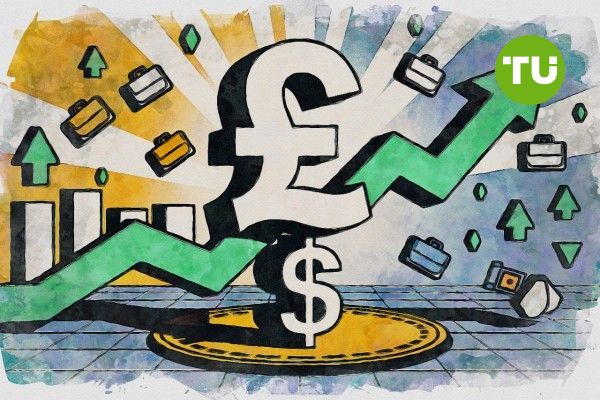Pound price steadies above $1.325 as traders balance bullish chart with rate cut risks
 GBP/USD regains ground above 1.3270 as traders brace for BoE cut and U.S. data risk
GBP/USD regains ground above 1.3270 as traders brace for BoE cut and U.S. data risk
The British pound edged higher in early European trading on Thursday, with GBP/USD rising to around 1.327 after rebounding from two days of losses. The move comes as the U.S. dollar faces fresh selling pressure, driven by cooling fears over aggressive tariff action from President Donald Trump and renewed optimism around global risk sentiment.
Despite geopolitical tensions, the pound remains technically well-supported. The pair is trading above its 100-day exponential moving average on the daily chart, with momentum indicators such as the Relative Strength Index holding near 63.10—signaling continued bullish bias. Key resistance levels are noted at 1.3424 and 1.3475, while the next major upside filter lies near 1.3638. On the downside, immediate support lies at the 1.3200 level, with further risk toward 1.2949 and 1.2837 if bearish pressure intensifies.
GBP/USD price dynamics (August 2024 - April 2025) Source: TradingView.
Rate cut bets and key data releases may define next move
However, Sterling’s outlook remains vulnerable to policy expectations. Financial markets are now pricing in an 82% probability that the Bank of England will lower interest rates in May, according to LSEG data. The dovish tilt reflects the mounting impact of trade tensions and softening inflation, which is offering the BoE more space to act.
Investors are also preparing for a series of high-impact U.S. economic indicators later Thursday, including weekly initial jobless claims, durable goods orders, and existing home sales. These data points could shift expectations on U.S. growth and interest rates, indirectly influencing dollar demand. In the UK, Friday’s retail sales report for March will be closely watched. The forecasted 0.4% month-on-month decline may reinforce the case for a BoE policy pivot if realized.
We earlier noted that GBP/USD was poised for a potential breakout above 1.3366, which has since occurred. While the short-term structure remains bullish, volatility driven by central bank expectations and macro data could shift sentiment quickly.













































































































































